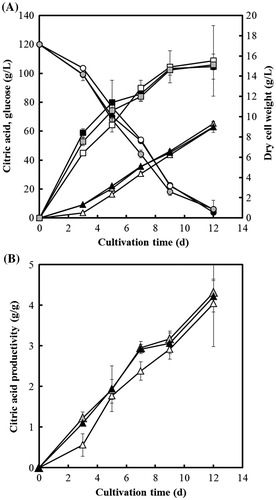Figures & data

Fig. 1. Metabolic pathway in relation to citric acid production in A. niger.

Table 1. Primers used for transcriptional analyses.
Fig. 2. Amplifications of CTP1 homolog genes by PCR and reverse-transcription PCR.
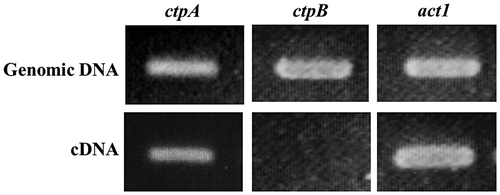
Fig. 3. Amino acid sequence alignment of CTPs derived from A. niger WU-2223L (CTPA) and S. cerevisiae S288c (CTP1).
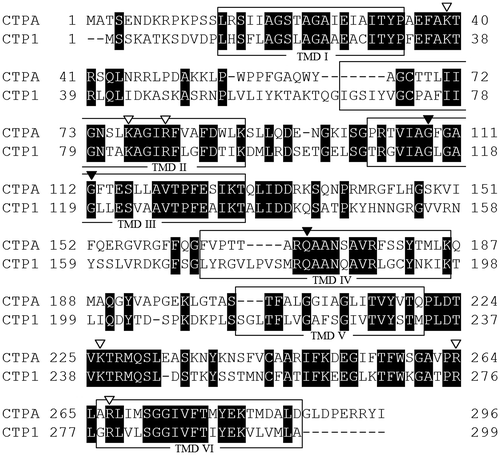
Fig. 4. Disruption of ctpA in A. niger WU-2223L.
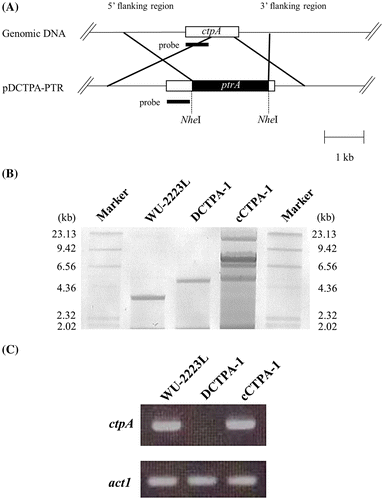
Fig. 5. Phenotypic characterization of a ctpA disruptant.
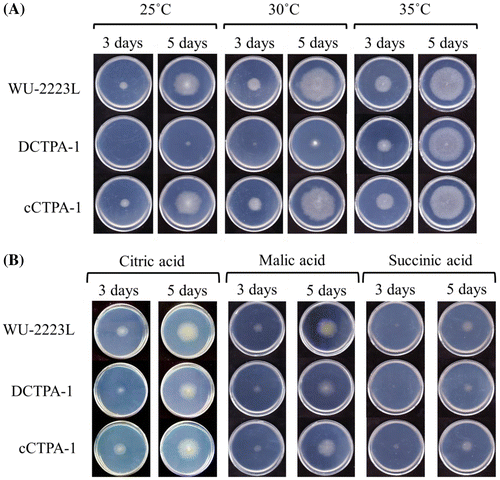
Fig. 6. A, Photomicrographs of A. niger WU-2223L and DCTPA-1.
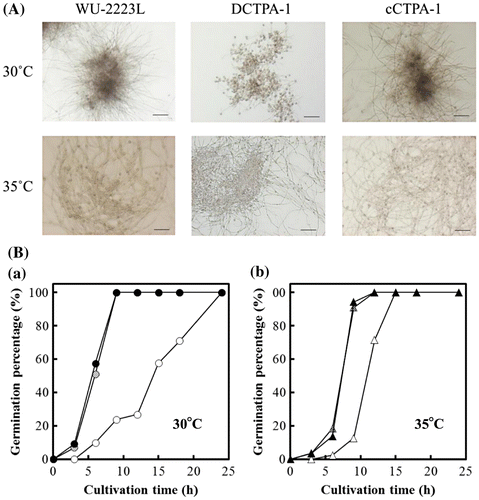
Fig. 7. Dry cell weight of A. niger WU-2223L (solid), DCTPA-1 (hollow), and cCTPA-1 (shaded). The strains were cultivated under the conditions of citric acid production for 3 days at 30 (circle) or 35 °C (triangle), 120 rpm.
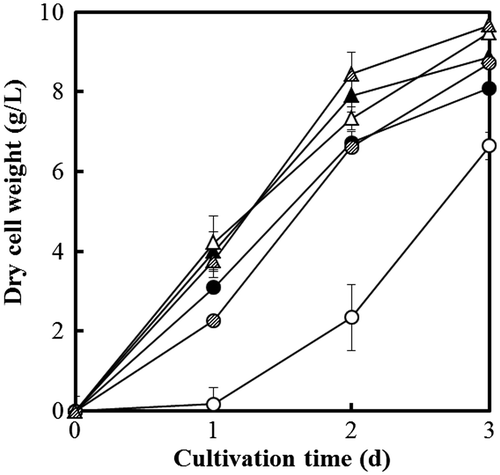
Fig. 8. Citric acid production (triangle) and glucose consumption (circle) by A. niger WU-2223L (solid), DCTPA-1 (hollow), and cCTPA-1 (shaded) (A) and citric acid productivities for each strain (B).
